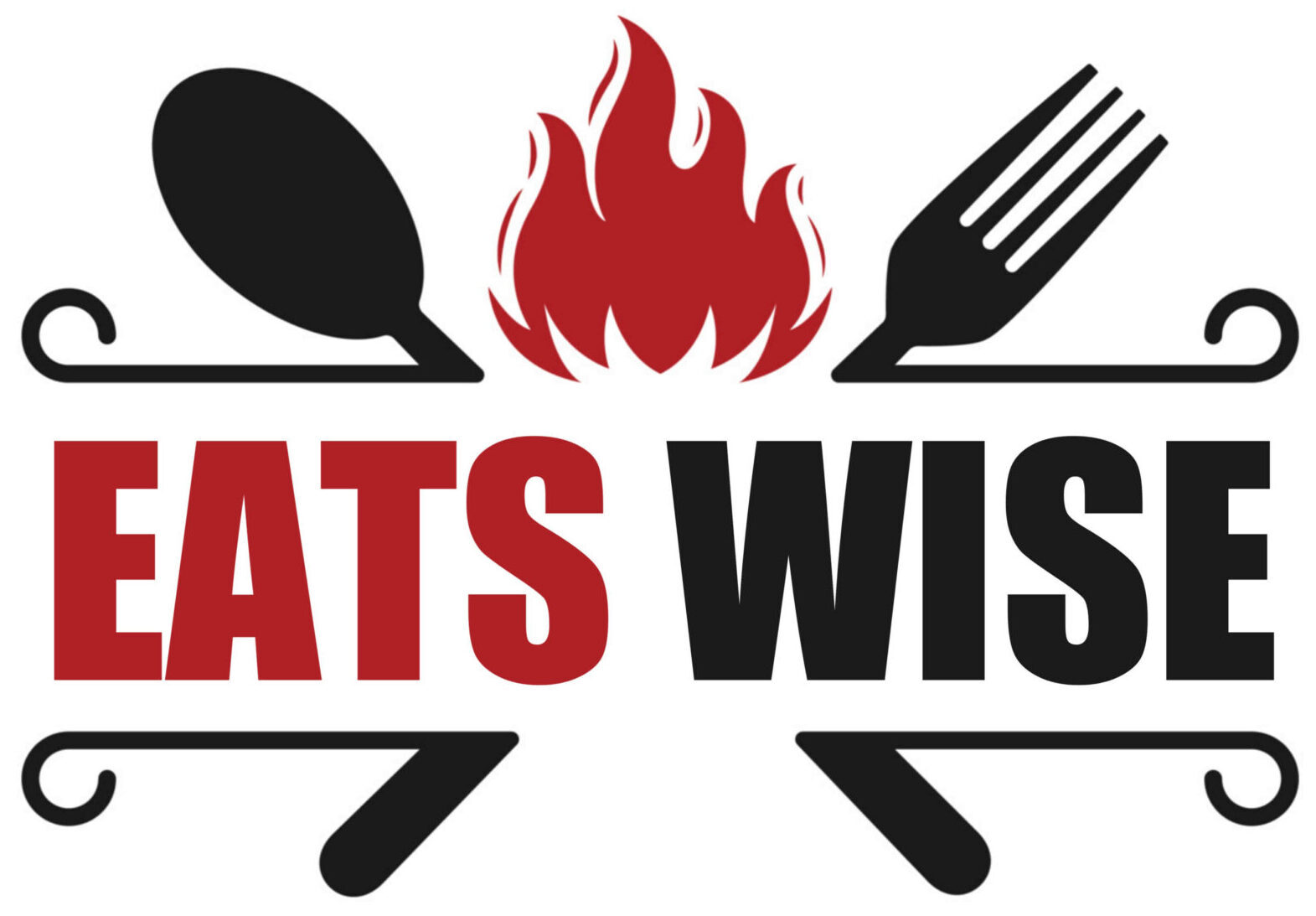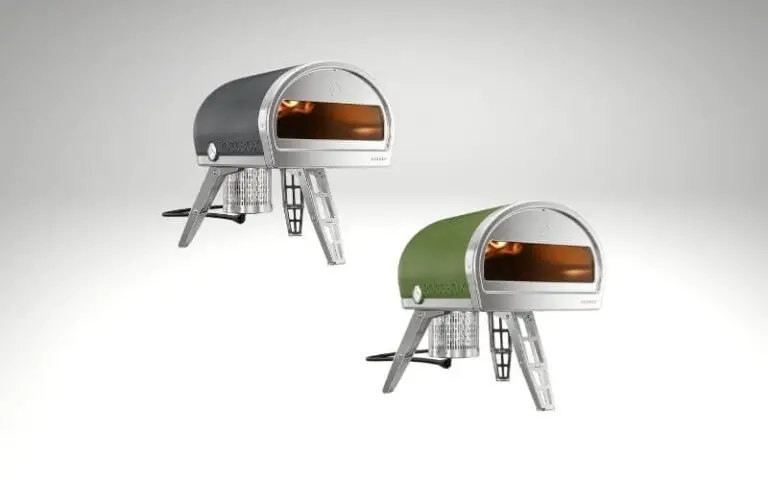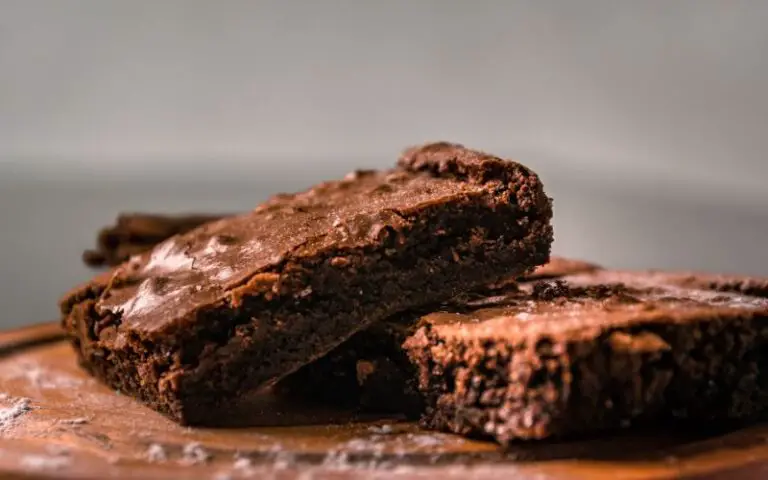Blue Mold In Grated Parmesan Cheese! (Reasons & Solutions)
Last updated on September 11th, 2023 at 02:13 pm
Cheese is known for its rich taste and looks, but one of the problems is maintaining it to stay longer.
While the beautiful nutrient-dense dairy food has that yellow look, it can still be affected by mold.
In our society, the sight of mold means that it’s spoiled, but cheese can have mold on it and still be healthy.
Blue molds on parmesan cheese indicate that there are bacteria in your cheese. Seeing a blue mold on your cheese should not stop you from eating. To consume your parmesan cheese with blue mold, you must scrape the affected part.
Is Blue Mold on Shredded Parmesan Cheese Harmful?

Shredded parmesan cheese with blue mold is not always harmful. However, its effect differs on individuals.
While cheese may be affected by blue or green mold, it’s advisable to scrape the affected region before consumption.
The presence of mold on anything means that there are bacteria on that item.
However, when such happens to food items, it’s advisable to dispose of them. But for cheese, consuming it will not affect you.
Parmesan cheese is important because its rigid nature makes it hard for mold to spread rapidly.
Blue mold spreads on soft, wet, and warm surfaces, making it hard to remove completely.
Seeing molds sounds like a normal event, but one can avoid this. Shredded parmesan cheese should not stay at room temperature for more than two hours.
When you leave your cheese out for more than two hours, it’s easily affected by bacteria.
It’s important to know that warm and moist conditions speed up the rate at which bacteria affect foods.
Temperatures from 40° F and 140° F lead to such reactions on your cheese. To avoid such issues, keep your sealed cheese or open cheese in your fridge to last longer.
When your shredded cheese has stayed longer at room temperature, it’s good to consume immediately.
Eating cheese with mold can lead to food poisoning because mold has bacteria like Listeria, Salmonella, and Brucella.
Your health is very important, so desist from things that may affect you. When you’re eating a piece of cheese and notice something moldy or pungent, it’s best to throw it away.
However, you can also scrape the mold off. Most times, the smell is bad, and instead of white, the color of your cheese would be a darker beige.
Instead of eating bad cheese, it’s good to purchase a new one or preserve it well to stay healthy.
Why Is There Mold in My Grated Parmesan Cheese?
The presence of mold in your parmesan cheese comes as a result of bacteria in your cheese.
When you see a mold on your cheese, you can easily scrape the affected area and discard it.
If the affected region is out, you can now consume it or put it in a cool place.
One advantage of parmesan, Colby, cheddar, and swiss cheese is that a mold does not define it.
This cheese set comes with a hard surface, making it hard for mold to move around the whole surface.
However, mold can come in different colors, but parmesan cheese mold usually comes in blue, green, or white.
Blue and green are visible in finding mold in cheese, while white is visible after a bite.
Low moisture discourages mold growth: mold grows in regions that have moisture or are warmer.
When you notice that one part of your cheese is wet, do well to cut it off.
The vitality period of parmesan cheese is often limited, and you should be careful when handling such.
The best place to save your parmesan cheese is in the fridge. A sealed cheese can last between two to four months in the fridge.
And an open cheese can stay up for six weeks in your fridge; it depends on the mixture.
Can You Eat Moldy Shredded Parmesan Cheese?
If you choose to, you can eat moldy shredded parmesan cheese. However, you may choose to trash it, but you should know that it’s perfectly ok consuming cheese with mold.
Parmesan cheese often hardly gets molds everywhere because of its hard surface.
The hard surface of parmesan cheese hinders bacteria from spreading around, which helps before eating.
After getting the cheese out, cut off the spoiled part and eat the good part.
Some people develop diarrhea, nausea, shortness of breath, and high temperature, after eating moldy cheese.
While this may be safe for others, it could harm you. The human system has an adaptive level at which it handles things, so it’d be best if you look into that.
With such an event, I’d advise that you stay away from moldy cheese to avoid getting ill.
While we flee from mold in cheese, it’s also important to know that some cheeses have mold as an ingredient.
The molds used for cheese production are known as blue veins and are safe to eat.
Penicillium roqueforti breaks down protein and fat in the cheese to give it flavor, texture, and a nice aroma.
Penicillium molds are harmless because the molds that grow on cheese do not produce the same mycotoxins as food.
Let’s look at some pros and cons of eating parmesan cheese.
| Pros | Cons |
|---|---|
| Advantages for One’s Health Regarding Nutrition | Threats to Health |
| Avoid getting tooth decay. | It’s Not That Natural |
| Prevention of Illness | Causing harm to children |
| Weight Increase | Problems of an Ethical Nature |
| Treatment for Hypertension | Alternate Options for Dairy Products |
Can Moldy Parmesan Cheese Make Me Sick?
Parmesan Cheese can make anyone sick, but such events are hardly seen or heard.
Moldy parmesan cheese hardly affects health because it attacks only one part of the cheese due to its nature.
To avoid getting sick, you must scrape out the affected part while consuming the good part.
Hard cheese is hardly affected because of its good nature, which makes it uncomfortable for mold to grow.
Even if mold is on your cheese, that does not necessarily mean you have to throw it away.
On hard cheeses such as Parmesan, Colby, Swiss, and Cheddar, it’s hard for molds to spread.
Remove at least one inch (2.5 cm) of material below the mold to save it. However, this method is unsuitable for eating soft cheeses such as shredded, crumbled, or sliced.
Cream cheese, cottage cheese, and ricotta are the types of cheese that fall under this category.
Eating such cheese can make you ill, so it’s best to abstain from such. Toxic food can cause gastrointestinal distress, manifesting as vomiting or diarrhea.
It can result in death in severe cases. If any cheeses show mold, they should be disposed of or replaced.
Mycotoxins are another byproduct that harmful molds may produce. Mycotoxins can cause various health effects, ranging from acute food poisoning to impaired immune function and cancer.
Particularly, it’s known that the carcinogen aflatoxin raises the risk of developing liver cancer in a person.
Avoid eating foods with mold is best to risk being exposed to mycotoxins.
Conclusion
To keep your cheese free from bacteria, keep it in your fridge to avoid contamination. Molds come upon cheese stored at room temperature for more than 2 hours.
However, if you come across any mold on your cheese, discharge the infected part while you eat the good part.







